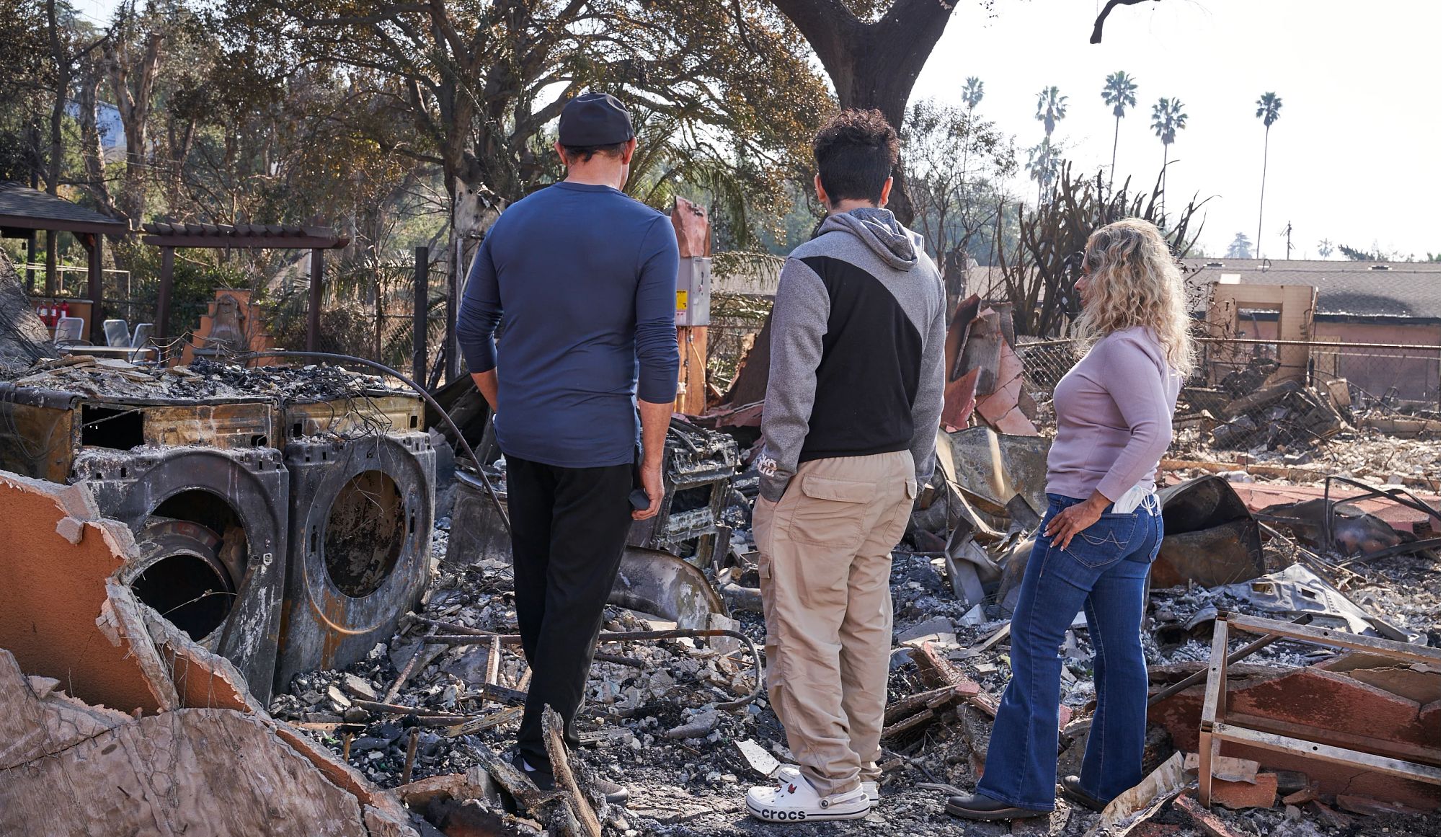AARP Hearing Center


Hurricanes, wildfires and other catastrophes can be both emotionally and financially devastating. While the risk is not new, the frequency and intensity of the extreme weather events that often trigger natural disasters are on the rise, according to the United Nations’ Intergovernmental Panel on Climate Change.
Disasters are enormously disruptive for both short- and long-term financial stability, particularly for people on fixed incomes. Those at or near retirement age, especially, may struggle to rebuild their nest eggs, since they have less time to rebuild savings through compounding returns.
After a major disaster like Hurricane Milton or the Los Angeles wildfires, it can be hard to know where to turn — or even where to start. Here are some ways to cover immediate needs and help reestablish your long-term financial footing.
1. Get government aid
The Federal Emergency Management Agency (FEMA) offers several types of aid to residents of presidentially declared disaster areas.
FEMA's Critical Needs Assistance program provides one-time payments of up to $700 per household so disaster victims can pay for necessities like food and gas. Depending on your circumstances, FEMA may also provide funds to repair your home or car, or for temporary housing if you have been displaced.
You can apply at DisasterAssistance.gov or via FEMA's mobile app. You can also contact the agency by phone at 800-621-3362 or find your nearest Disaster Recovery Center (DRC). You’ll need to provide:
- Your Social Security number
- Insurance information
- A description of the damage
- Contact information (make sure to give a mobile number if you’re displaced)
- Your bank account number and routing number for direct deposit
You can expect to receive a decision letter within 10 days; if you're displaced, you can check the status of your application online or at a DRC.
If you need money for food, contact your state's Supplemental Nutrition Assistance Program (SNAP). Residents of disaster areas with low incomes may be eligible for D-SNAP, which provides emergency, short-term food assistance, even if they are not receiving regular SNAP benefits.
2. File your insurance claim quickly
If your home has been damaged, file a homeowner's insurance claim as soon as possible, says Mitch Freedman, founder of MFAC Financial Advisors in Westlake Village, California.
“Particularly when the disaster is a large-scale one, insurance companies are going to be just buried with claims,” he says. “You want to be early in line to get the clock ticking on yours.”
If your home is uninhabitable, there’s another reason to move fast: Homeowners’ policies often cover additional living expenses for displaced disaster victims.


































































More From AARP
Extreme Weather Is Killing Mostly Older Adults — And Has Been for Decades. Why Aren’t We More Prepared?
Some local disaster planning shows promise but deaths from Hawai‘i wildfires continue this trend
How to Speed Up a Home Insurance Claim After a Flood, Fire or Other Disaster
These tips could make it easier to file for damage to your property
Older Adults Find Hope After LA Fires
Meet those whose homes, retirement dreams and keepsakes have gone up in smoke